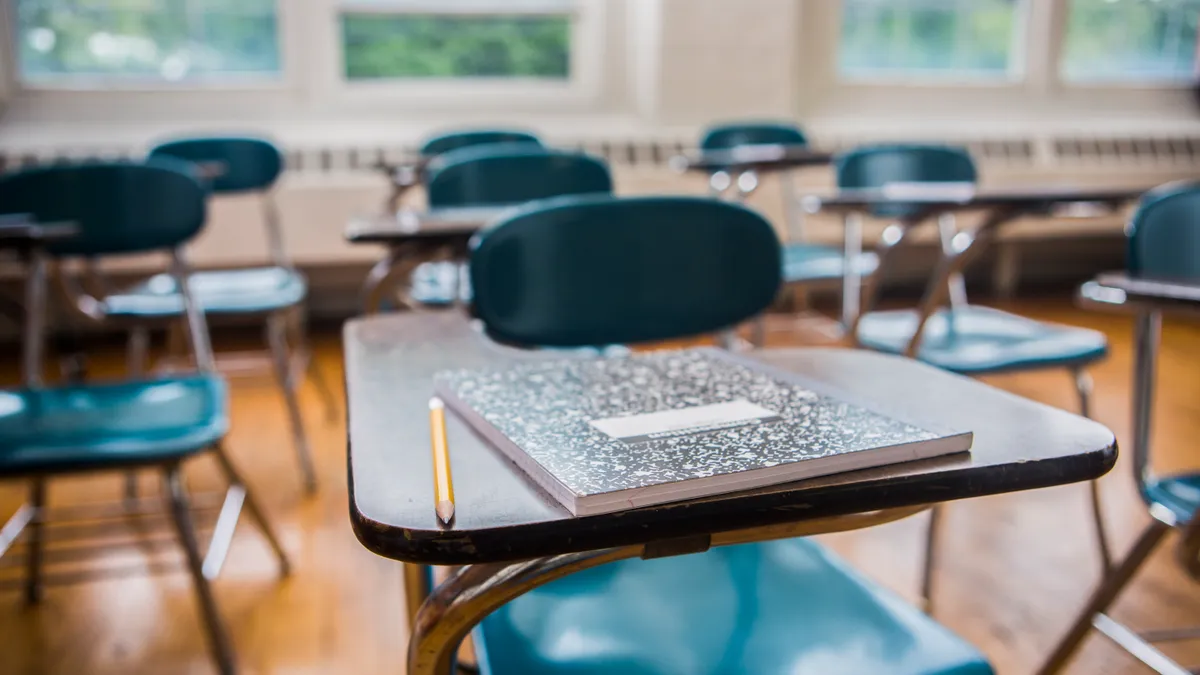Most clicked story of the week:
The U.S. Department of Education is proposing the removal of a requirement for states to collect and report on racial disparities in special education to the federal government, according to a notice published in the Federal Register on Aug. 22.
The data collection for racial overrepresentation or underrepresentation in special education — known as significant disproportionality — helps identify states and districts that have racial disparities among student special education identifications, placements and discipline. About 5% of school districts nationwide were identified with significant disproportionality in the 2020-21 school year, according to federal data.
Environmental hazards weighing on schools:
- Severe weather like wildfires, hurricanes and tornadoes is occurring more frequently and hitting areas historically more immune to their destructive impact. The result? A financial, academic and emotional toll on students and educators, according to a report released Tuesday by NWEA, a K-12 assessment and research organization.
- As federal funding for protecting people from extreme heat wanes, states, cities and counties must take the lead to protect residents — especially children and other at-risk populations, Dr. John Balbus, former U.S. Department of Health and Human Services deputy assistant secretary and current principal of Climate Care Consulting, said during an August 13 Center for American Progress webinar on state and local efforts to protect children from extreme heat.
- The American Lung Association is urging K-12 schools to prioritize indoor air quality and to test for radon, the second-leading cause of lung cancer in the U.S. The naturally occurring, odorless, tasteless and colorless radioactive gas can accumulate indoors, entering through cracks in floors, walls and foundations. The only way to determine if a facility has elevated radon levels is through testing, according to the organization. “There is no known safe level of radon exposure,” it says.
Districts navigate back-to-school challenges:
- Parents, teachers and schools are grappling with higher school supply costs this back-to-school season as the Trump administration’s global tariff policies ramp up. School supply shopping is projected to be 7.3% more expensive between last school year and this year, according to an analysis released last month by Groundwork Collaborative and The Century Foundation. Those costs include a 42.6% price increase for index cards to a 12.7% increase for folders within the past year alone, the analysis found.
- As of July 28, 33 states had enacted laws or policies on cellphone usage in K-12 classrooms or schools, with 26 of those states banning or limiting cellphone use in classrooms, according to Ballotpedia. Many districts and schools also have their own restrictions. Concerns about classroom distractions and social media’s erosion on student mental well-being have contributed to the growth in restrictions.
- As schools enter the fourth academic year since ChatGPT hit the scene, artificial intelligence tutoring tools are increasingly finding their way into classrooms. Ed tech researchers and industry experts shared key questions they say school and district leaders should consider amid an AI tutoring boom.







 Dive Awards
Dive Awards






